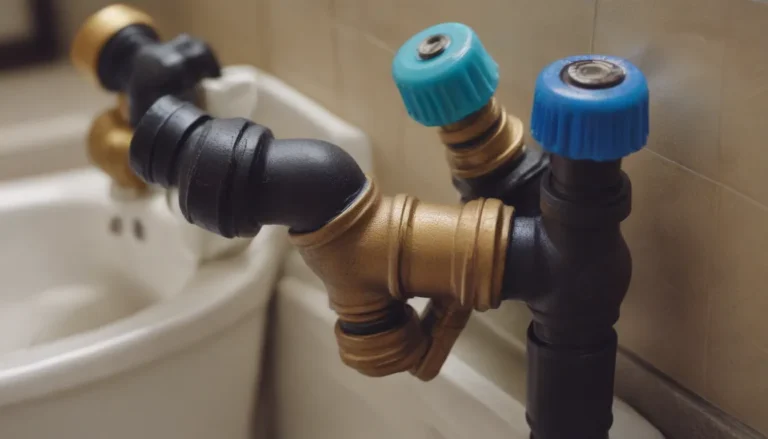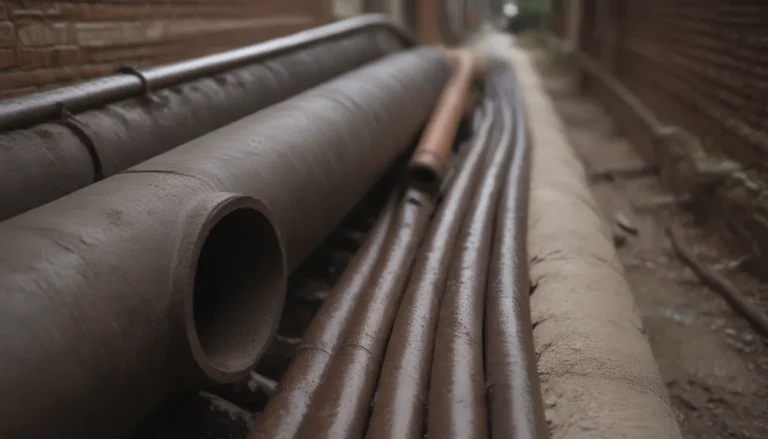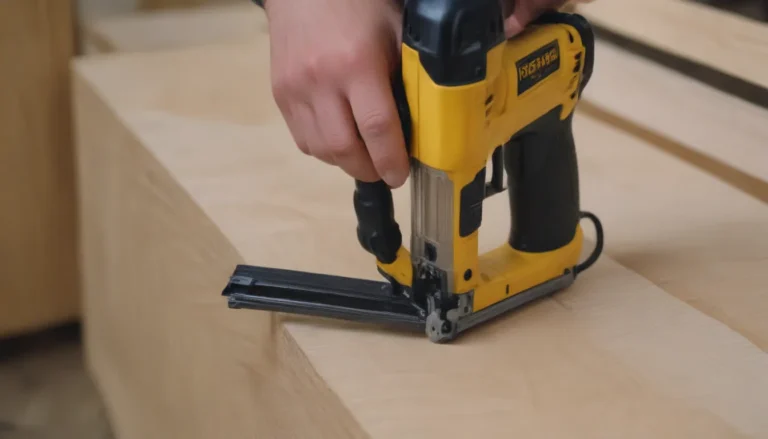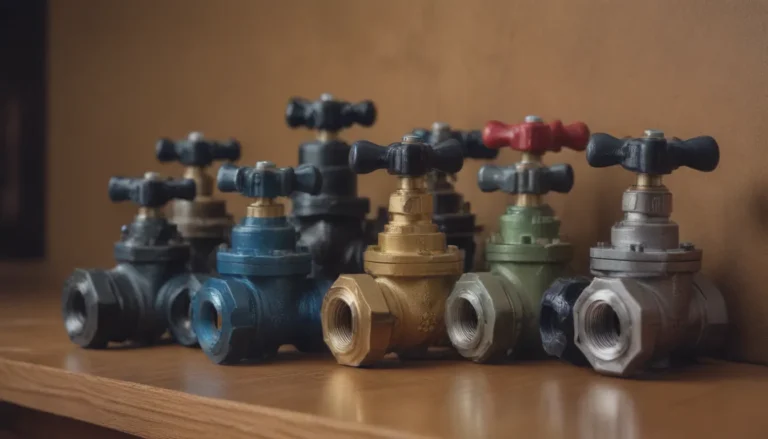Ultimate Guide to Choosing Between Wood Heat and Pellet Stoves
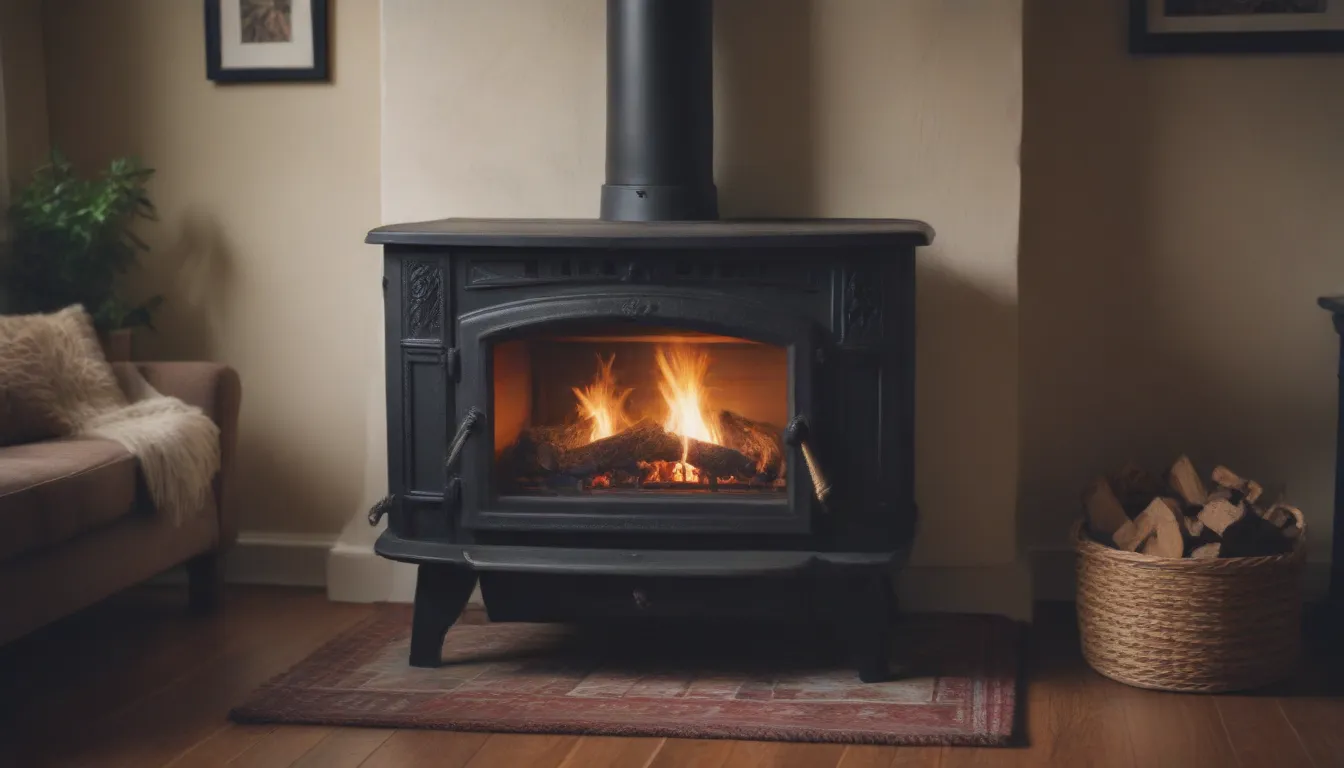
Are you considering heating your home with a wood fire to save on heating costs and embrace a cozy, traditional feel? You’re not alone! Many homeowners are turning to wood-burning stoves as a supplemental heat source. However, with various options available, such as firewood and wood pellets, it’s essential to compare and understand the differences before making a decision. This guide will walk you through the key factors to consider when choosing between wood heat and pellet stoves in a conversational and informative manner.
Understanding the Basics
So, you’re exploring the idea of adding a wood-burning stove to your home. Before diving into the comparison between wood heat and pellet stoves, let’s delve into some fundamental differences between the two:
- Wood Heat:
- Requires regular maintenance to keep the heat constant.
-
Involves storing firewood outside and carrying it inside in smaller batches.
-
Pellet Stove:
- Operates when the hopper is full of fuel, allowing for thermostatic control.
- Requires pellets to be stored in a dry place and are sold in 40-pound bags.
Both options have their pros and cons, but understanding these basics will help you make an informed decision based on your preferences and lifestyle.
Key Features Comparison
Wood Heat
- Modern wood heat stoves are EPA-certified, emitting limited smoke per hour.
- Available in various styles, including insert and freestanding models, fireplaces, and wood cookstoves.
Pellet Stove
- Features a combustion chamber that receives pellets from the hopper.
- Offers auto-ignition and a programmable thermostat for consistent heat control.
Appearance and Size Matters
When it comes to aesthetics and sizing considerations, both wood heat and pellet stoves have distinct characteristics:
- Wood Heat:
- Available in a variety of styles, including insert and freestanding models.
-
Provides a traditional wood-burning look with modern safety features.
-
Pellet Stove:
- Originally boxy in design, but now models closely resemble wood-burning stoves.
- Comes in different sizes with varying BTU ratings for heating efficiency.
Selecting the right size stove that matches your space is crucial to ensure optimal heating performance without wastage.
Maintenance and Repairs
Understanding the maintenance requirements and potential repair issues associated with both wood heat and pellet stoves is vital for long-term stove performance:
- Wood Heat:
- Requires chimney sweep and inspection before the heating season.
-
Regular cleaning to prevent soot build-up for efficient operation.
-
Pellet Stove:
- Needs regular cleaning and ash removal.
- Minimal ash volume and emissions compared to wood heat stoves.
Energy Efficiency and Usage
Consider the energy consumption and overall efficiency of wood heat and pellet stoves to determine the operating costs over time:
- Wood Heat:
- Ideal if firewood is readily available and affordable.
-
Provides heat during power outages without the need for a generator.
-
Pellet Stove:
- More efficient than traditional wood-burning stoves.
- Requires electricity to operate, necessitating a generator during power outages.
Choosing the right stove based on your energy needs and budget will help you effectively heat your home while minimizing operating costs.
Installation and Cost Comparison
When comparing installation costs and overall expenses between wood heat and pellet stoves, there are key differences to consider:
- Wood Heat:
- Requires a full insulated chimney system for installation.
-
May be cheaper to operate if firewood is readily available.
-
Pellet Stove:
- Generally easier and less costly to install than wood heat stoves.
- Operational costs vary based on pellet fuel availability in your area.
Understanding the installation requirements and ongoing costs associated with each stove type will help you budget efficiently for your heating needs.
Longevity and Sustainability
Considering the lifespan and environmental impact of wood heat and pellet stoves is essential for making a sustainable heating choice:
- Wood Heat:
- Can last between 20 to 25 years with proper maintenance.
-
Provides a timeless heating solution with antique stoves still in use today.
-
Pellet Stove:
- Lasts between 15 to 20 years due to electrical components.
- Offers a cleaner and almost smokeless heating option.
Making the Final Decision
As you weigh the options between wood heat and pellet stoves, there are a few key factors to consider before making your final decision:
- Wood Heat Stove:
- Ideal for budget-conscious homeowners with access to firewood.
-
Provides a traditional heating experience with added resilience during power outages.
-
Pellet Stove:
- Suitable for those seeking a cleaner, efficient heating solution.
- Requires regular maintenance and electrical operation.
Always remember to factor in ongoing maintenance, fuel availability, and long-term costs when choosing between wood heat and pellet stoves for your home heating needs.
In conclusion, both wood heat and pellet stoves offer unique benefits and considerations for homeowners looking to supplement their heating systems. By carefully evaluating your preferences, budget, and lifestyle, you can select the best stove option that aligns with your heating requirements. Whether you opt for the traditional warmth of a wood heat stove or the convenience of a pellet stove, both choices can provide efficient and reliable heating for your home.
Remember, the key to a cozy and inviting home lies in finding the right balance between comfort, sustainability, and cost-effective heating solutions. So, take your time to explore the pros and cons of wood heat and pellet stoves before making a well-informed decision that will keep you warm and comfortable for years to come. Heat wisely, and enjoy the warmth of your home with a stove that fits your lifestyle and heating needs perfectly.
For more information on choosing the right wood-burning stove, visit the U.S. Environmental Protection Agency and the U.S. Department of Energy’s resources on wood and pellet heating.
Heat up your home with a stove that suits your style and comfort needs!
